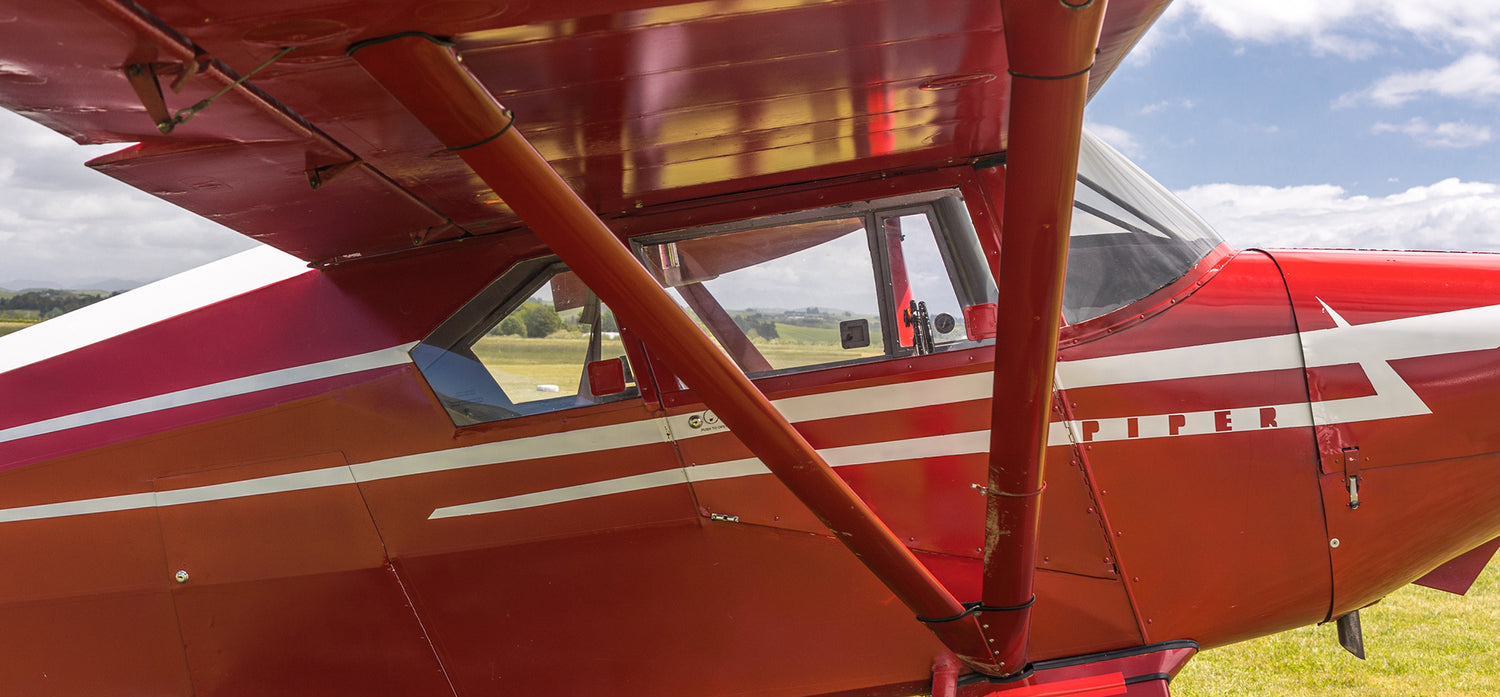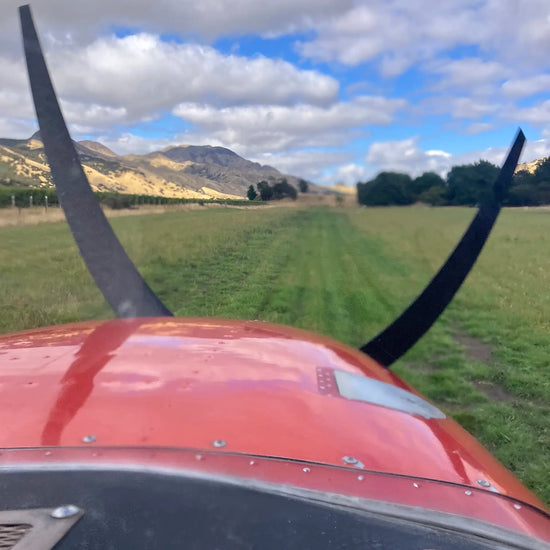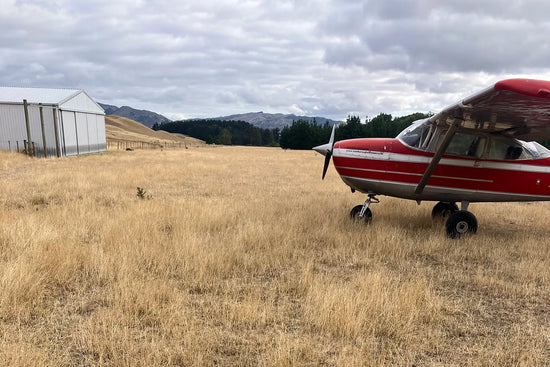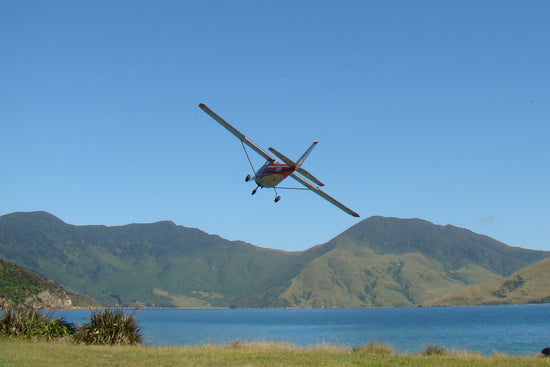Overview of key points we cover in our strip flying courses:
Basics
≫ Speed control - attitude and power
≫ Keeping eyes outside the cockpit
≫ Importance of a stabilized approach at correct glidepath angle
≫ Low level circuits
≫ Use of flap on take-off and landing
≫ Factors affecting aircraft performance – weight; horsepower; altitude; air pressure/density etc
Airstrips
≫ Considerations and Assessment of the strip suitability
≫ Wind factors
≫ Tailwind take-offs and landings
≫ Decision making. Go around and commitment points
≫ One way
≫ Sloping
≫ Curved
Mountain Flying
≫ Loss of horizon
≫ Avoiding turbulence
≫ Confined space reversal turns
≫ Ridge crossings





